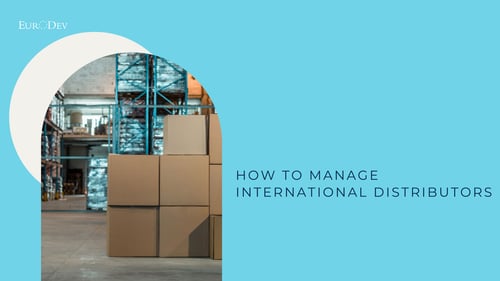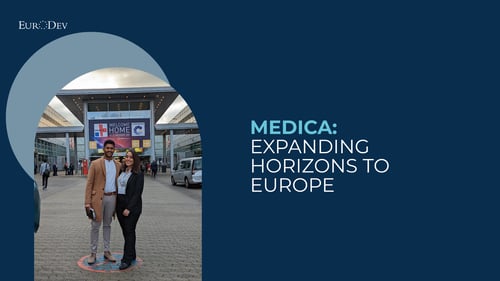Medical Equipment Shortages: EU Market Disruption Prevention Measures
In a post-pandemic scenario characterized by one of the worst economic recessions in recent times, the European economy has made strides to help them recover after the devastating impact of the post-2019. The huge market disruptions of the COVID-19 pandemic created critical shortages in personal protective equipment (PPE), such as masks, gloves, and gowns, as well as in ventilators and other medical equipment. This left European member states scrambling to find solutions to deal with the fallout and implement strategic policies to prevent the occurrence of a repeat situation. For example, some countries increased their domestic production of PPE, while others imported more supplies from abroad.
This article aims to highlight effective strategies developed by the EU for managing these emergency situations. These strategies have in turn created opportunities for non-EU countries to take advantage of the strategies, which has led to improved healthcare outcomes for their societies.
There is a system called united trading in the EU that permits cross-border trade, which is free of restrictions and tariffs. The pandemic demonstrated that disruptions in the single market phenomenon or a united trading economy can lead to severe repercussions.
As an example, trade within the EU encountered significant issues as a result of closing borders between countries, thus breaking the supply chains for many businesses. Manufacturing facilities for PPE and other medical products were forced to shut down or reduce their operations to minimize costs. Within the EU, trade became tighter hence the need to rely on outside markets to bridge the gap between demand and supply during the pandemic.
Having all these issues together, the European Commission came into action by initiating a plan of approach for emergency situations. Even though the focus was on the pandemic, it was also on how to overcome the issue of scarcity of medical and protective equipment.
- Cooperating with third-party countries to maintain free trade and prevent the loss of production of medical and personal protective equipment. In addition, to this, the focus was placed on the supply of reusable products, hence extending the life of medical protective equipment.
- Encouraging Notified Bodies (NB) responsible for evaluating the conformance of medical devices, prioritizing their evaluations
- Using surveys to monitor the supply of goods. Efforts were made to secure additional supplies of medical protective equipment, including international procurement or repurposing manufacturing facilities to produce equipment. This involved European governments working closely with industry players to increase the production of essential products while monitoring places of need
- The European Union focused on prioritizing the distribution of medical protective equipment. This has priority to healthcare workers and first responders who were at risk of exposure to the pandemic.
- Efforts were also focused on reducing demand for medical protective equipment by promoting stay-at-home cultures and other control measures such as hand hygiene, social distancing, and other appropriate use of personal protective equipment.
- Psychological impacts were also handled carefully were first responders and health workers were provided guidance on the use and conservation of scarce equipment. This ensured that they provided support and manage the psychological impacts of individuals under stressful conditions.
On top of the above measures, the Joint procurement agreement that was initiated by the European Commission helped combat the issues faced during the pandemic. Currently, 36 countries have joined the JPA collaborative procurement possess that has produced more than 200 contracts. This enables countries to acquire crucial cutting-edge treatments.
The other measure for preventing shortages and emergencies within the EU is trade diversification and cooperation with countries outside the EU. The region undertook different actions to increase resilience, hence creating necessary legal frameworks, diversifying trade, establishing new relationships, and enlisting public and private investments.
The European Union has fostered different relationships that enable trade diversification and collaborations. These preventative measures have opened up the market and created opportunities for non-EU countries to build on these reliable partnerships.
About EuroDev
EuroDev, established in 1996 with offices in The Netherlands and France, has a single, defined purpose to help mid-sized North American companies expand their business in Europe. Since our founding, we have created a proven, successful business development model and partnered with over 300 companies to help them define and meet their European business goals. Services provided include Sales Outsourcing, HR Outsourcing, and Digital Marketing.
Read more about Dos and Don’ts for Medical Device Manufacturers Expanding into Europe
Related articles
-

How to Manage International Distributors
7 February 2024It is essential to invest in an effective distributorship approach. In this blog, you will learn...
Read more -

Key Updates to Dutch Employment Law
25 January 2024Discover key updates in Dutch employment law, from minimum hourly wage to carbon emissions...
Read more -

MEDICA: Expanding Horizons to Europe
7 November 2023Explore the opportunities for expanding your healthcare business into Europe with the Medica trade...
Read more

